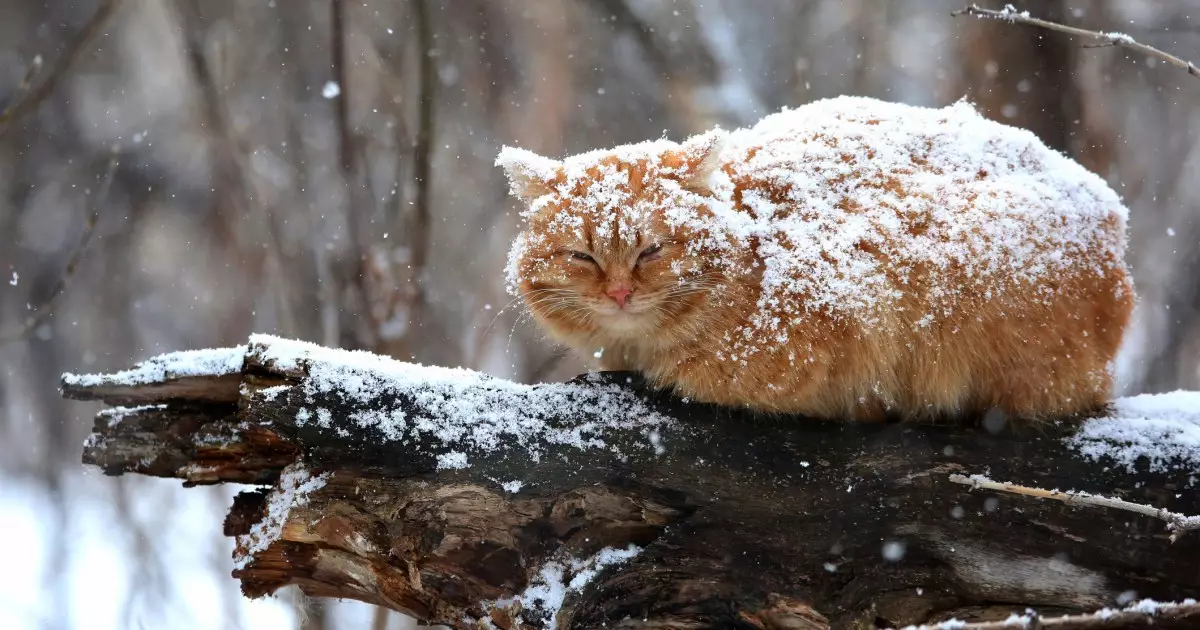As the frigid air of winter settles in, many of us find ourselves increasingly concerned for the welfare of the outdoor cats roaming our neighborhoods. These felines can include feral cats, lost house pets, strays, or abandoned animals. Regardless of their origin, all outdoor cats face significant challenges in harsh winter conditions, particularly in areas prone to snow and biting cold. By taking a few manageable steps, you can play an essential role in ensuring their survival and comfort during this harsh season.
Outdoor cats are often adept at finding food and shelter but may struggle against extreme weather conditions. There are known benefits and drawbacks associated with allowing cats to roam freely outdoors. While they exhibit natural hunting instincts, the risks of starvation, exposure, and various predators become more pronounced in winter. Understanding the challenges faced by these cats can motivate community members to step up and offer assistance.
Feral colonization creates a tight-knit community of cats that often depend on one another to survive. However, they can also experience high mortality rates from cold exposure unless adequately supported. Homeowners and cat enthusiasts can significantly impact these animals’ lives by providing shelter, food, and care, fulfilling both humane and ecological responsibilities.
When it comes to protecting outdoor cats from the winter elements, providing a safe, warm shelter is critical. The best makeshift shelters do not need to be elaborate or costly; they merely require adequate insulation and a roof. If you’re innovative, nearly any material can be turned into a safe haven for these cats.
Keep in mind some essential tips for crafting your cat shelter:
– **Size Matters**: A smaller shelter can retain heat more efficiently than a larger one. Aim for a size that snugly fits about three to five cats.
– **Elevation Is Key**: Raising the shelter off the ground decreases the risk of moisture seeping in and helps retain warmth.
– **Protection from Peril**: Position the shelters away from busy roads and foot traffic. Ensure that entranceways are just big enough for a cat to squeeze through, minimizing predator risks from dogs or foxes.
In terms of insulation, avoid using absorbent materials that will retain moisture. Opt for straw instead of hay, as it effectively displaces water and provides insulation. Additionally, using a styrofoam cooler wrapped in insulating material can protect against severe temperatures.
Like humans, cats require extra calories to maintain their body temperature in winter. As the availability of natural food decreases, providing additional nutrition and sustenance becomes essential. Here’s how to effectively feed outdoor cats during the cold months:
– **Stay Outside**: Avoid placing food and water within the shelter to keep it dry. Instead, position feeders and water dishes nearby under a protective canopy to prevent freezing and ensure accessibility.
– **Choose Wisely**: Utilize dry food as it is less likely to freeze, but remain mindful that wet food is more beneficial for digestion and energy conservation during the cold months.
– **Water Basics**: Regularly check water bowls to ensure they aren’t frozen. Consider using solar-heated or insulated bowls to maintain liquid integrity.
Feeding outdoor cats might seem trivial, but over time, regular nourishment can bolster their chances of survival through the winter months.
Winter presents a unique opportunity to assist stray cats beyond mere support; it is an ideal time for neutering and spaying efforts. As we witness the burgeoning population of kittens each spring, addressing these matters now can potentially alleviate an overwhelming rescue crisis later.
Start by carefully trapping stray cats for spaying or neutering operations. To ensure success, keep these points in mind:
– **Trap Safety**: Locate traps in sheltered areas to safeguard against severe weather.
– **Discreet Locations**: Set traps away from the feeding stations to respect the community of cats.
– **Comfortable Trapping**: Avoid flapping newspapers within traps, as they can deter cats. Instead, use magnetic vent covers for a quieter, more secure trapping environment.
By actively participating in both feeding and spaying/neutering initiatives, individuals can contribute significantly to the overall welfare of outdoor cats. Every small effort accumulates toward fostering a healthier feline population in local neighborhoods.
Winter does not need to spell doom for outdoor cats. With a little ingenuity, compassion, and community effort, we can help these vulnerable beings thrive even in the coldest of months.
